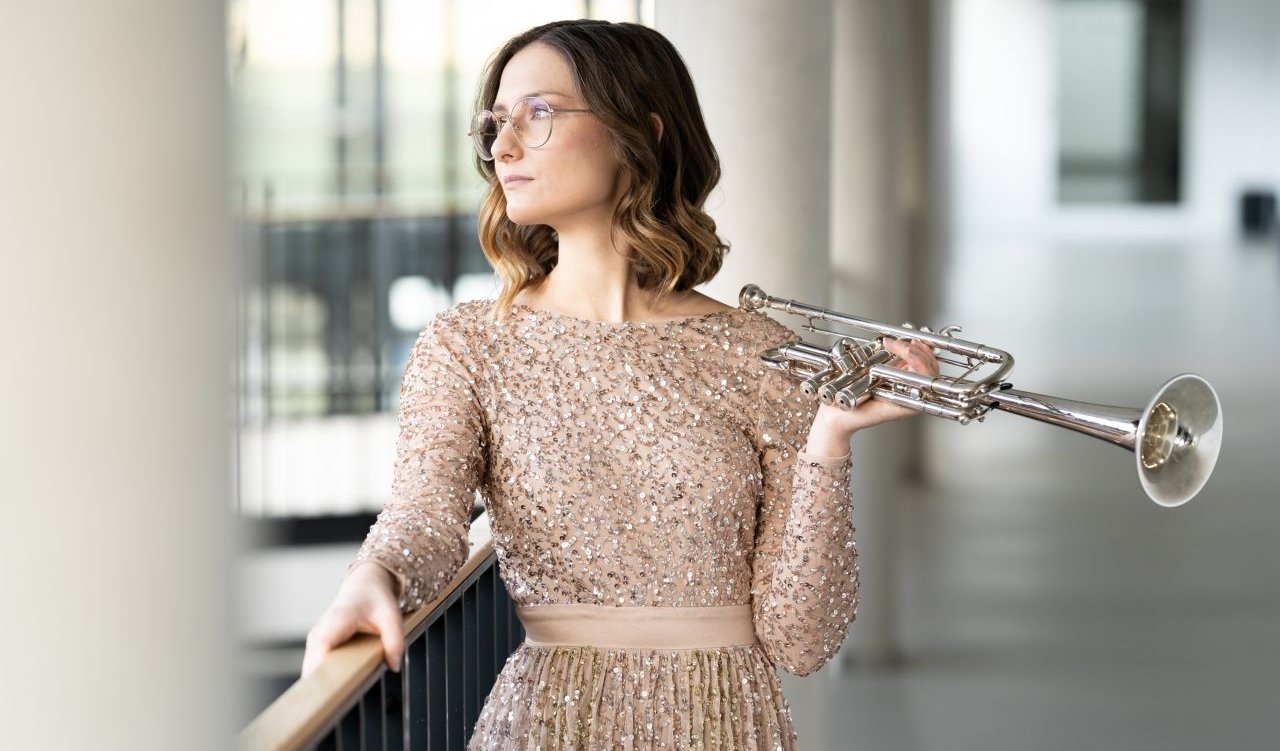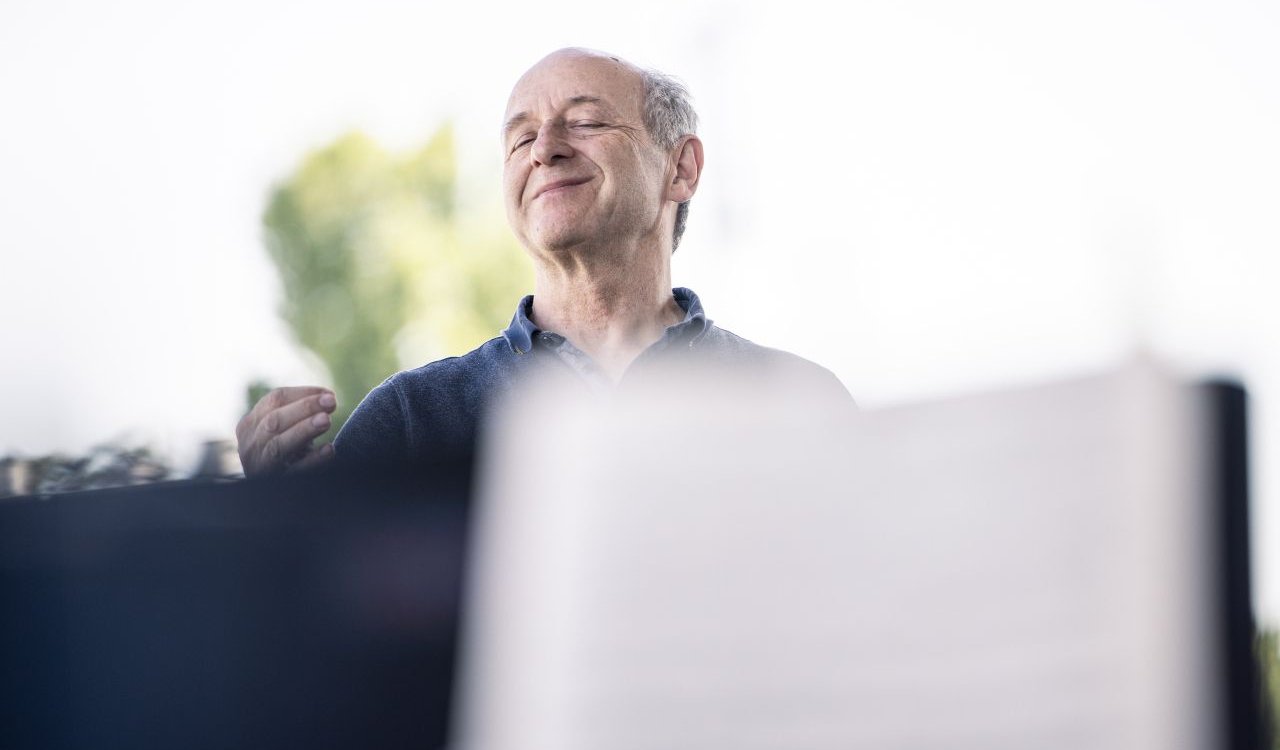


Program
Featuring
Other information
The event is about 3.0 hours long.
About the event
At the Grafenegg Festival, the Budapest Festival Orchestra offers a work by each of three composers whose oeuvre spans the boundaries of musical eras. The concert will kick off with the genre-reforming overture by Weber, the founder of German romantic opera, invoking supernatural powers and mysterious landscapes. Then comes a great example of Haydn’s mature style. The concerto will be performed by 24-year-old Austrian trumpet player Selina Ott. who, according to the reviewer of Zeitschrift für Kultur und Gesellschaft, sings with her instrument. “This specific style of playing gave the Haydn concerto elegance and lyrical qualities”, the critic wrote. The concert will close with Beethoven, one of the undisputed geniuses of Western European classical music, who, with his grandiose “Eroica”, paid tribute first to Napoleon, and later to an unsung hero instead.
When Weber realized in Dresden that audiences could hear almost only mediocre Italian operas, he took charge. With his opera, Der Freischütz (The Marksman), he provided an example to Wagner, and even Debussy and Stravinsky. The overture to the work, an immediate success in Europe, not only presents the themes to come, but also draws a dramatic arc across them. The opening bars instantly create the basic atmosphere of the story, and “the life of the hunter and the rule of demonic powers”, as Weber put it, are also conjured up. Love, danger, forbidden places and mystery – all wrapped up in romantic music.
Joseph Haydn’s only trumpet concerto, one of the most popular compositions of the instrument’s repertoire, was the result of a newly-developed trumpet. Viennese court trumpeter Anton Weidinger developed an instrument that, as opposed to natural trumpets, allowed for most sounds of the chromatic scale to be played. He ordered compositions for his invention and Haydn was glad to accept the commission. The result was an infinitely virtuoso concerto, which nevertheless also abounded in melodies. It was premiered in Vienna in 1800. In the opening movement, Haydn pretends for a while as if the instrument were a natural trumpet and then provides the soloist with the opportunity to present the new lower register and set of sounds. After the second movement, Siciliano, the piece ends with a richly embellished contredanse finale.
Regardless of the dedication to Napoléon, and regardless of the hidden programs invented by fanciful musicologists, what we know for sure is that Beethoven eventually dedicated his Third Symphony, “composed to celebrate the memory of a great man,” to one of his most generous patrons, Prince Lobkowitz. The gigantic, dramatic first movement is full of melodies; even so, the music has a unified atmosphere. The slow funeral march deepens the grief of the preceding movement, offering solace with the unexpectedly emerging Scherzo. The symphony ends in a variational finale, the main subject of which has already been used by Beethoven several times. The movement includes a fugue, Hungarian motifs, and much more.